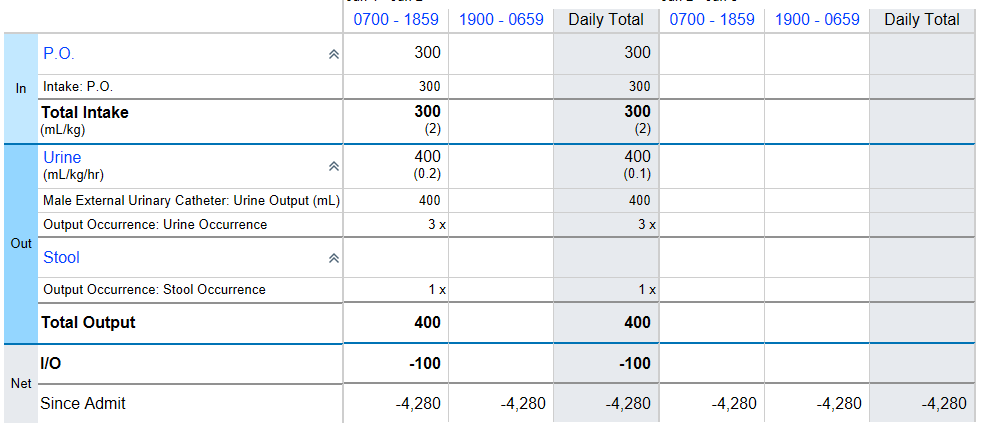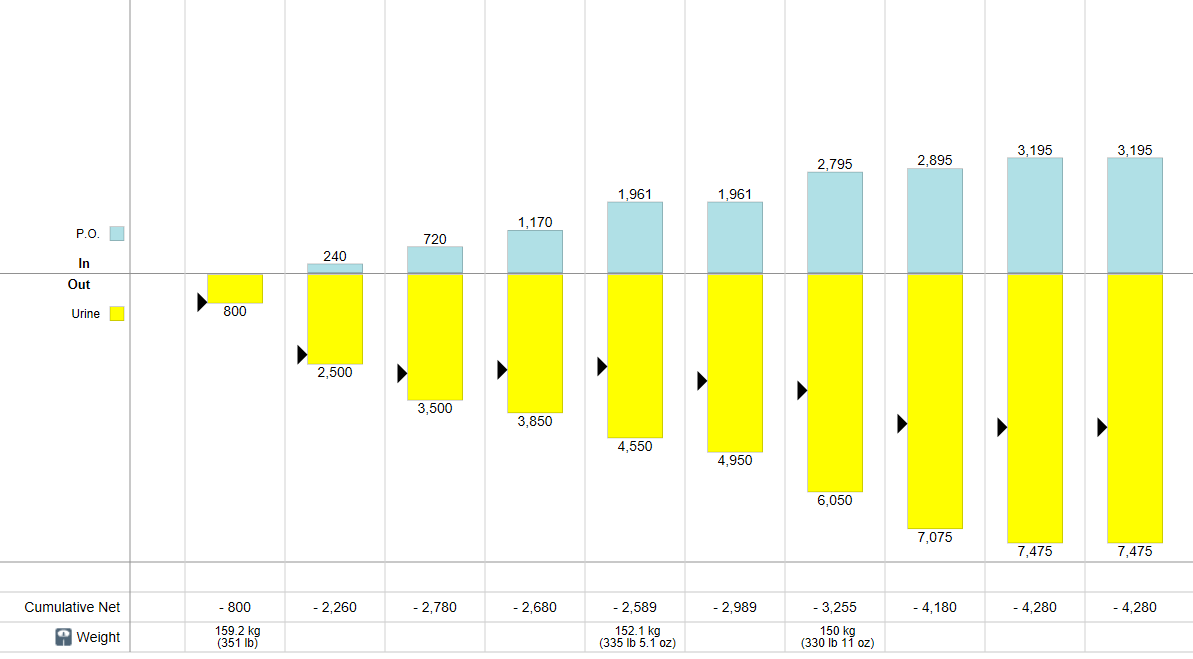Share:
The most important task we tend to neglect
You arrive on shift. You receive bedside handoff and are checking the patient’s chart. You see the following order:

It’s easy to rush through your day, loosely tracking the patient intake and output. Assessing and documenting intake and output is an important part of the nursing process, providing critical information that guides potential nursing and medical intervention.
Despite the importance of communication around intake and output, this documentation is notoriously incomplete or inaccurate. The measurement, documentation and assessment of accurate daily weight and intake and output volumes impacts medication and IV fluid management, nutritional status and nursing interventions.
Inaccurate monitoring and documentation can lead to poor medication or IV fluid prescribing and further disturbances of volume status. This can increase the risk of many common complications during an inpatient stay, such as pulmonary or peripheral edema, pressure sores, impaired wound healing, acute kidney injury and increased length of stay.
Intake and output monitoring are guided by patient need, provider orders and our internal policies. Assess the frequency of I-and-O monitoring and talk with provider teams to ensure an appropriate frequency of monitoring is ordered based on the patient’s clinical condition, which can change. Documentation should be completed in real time after measurement, whenever possible.
Nursing and CNA documentation flows to the intake/output or fluid balance chart. Indirectly, this chart (in addition to other labs and assessments) gives an idea of the patient’s physiology, including gastrointestinal function, fluid balance, renal function, occurrence of abnormal losses, and bowel movements over time. Check out the intake/output summary reports if they are not a regular part of your review.


Our policies on intake and output identify the who, how, what, when and where of intake, output and daily weight measurements, so please review them.
Related policies:
If you have a question, please contact the author or relevant department directly.



